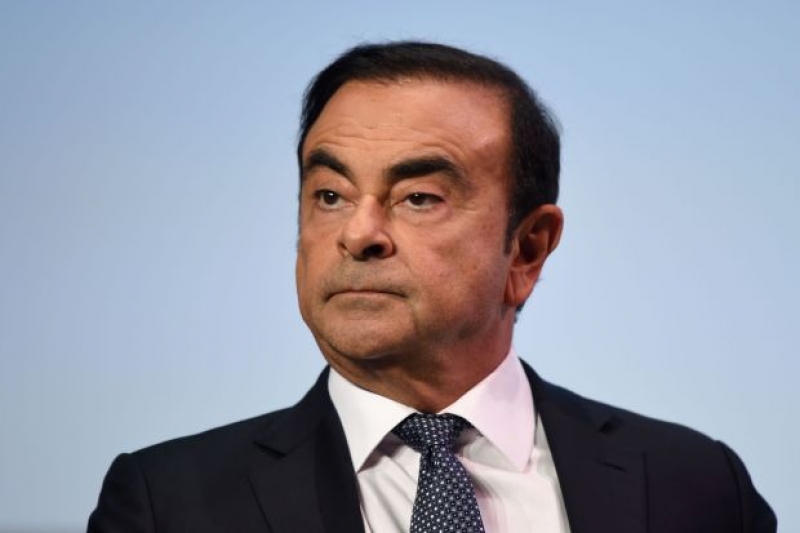How to writes on the website of the European Commission: Today, the Commission is taking an important step against e-waste and consumer difficulties caused by the flooding of various incompatible chargers for electronic devices. After years of working with industry on a voluntary basis, the number of mobile phone chargers has fallen from 30 to 3 in the last decade, but no comprehensive solution has been found. The Commission is now proposing legislation setting out a common solution for charging all suitable devices.
So many introductory paragraphs of the report. In principle, he certainly has nothing to complain about, if you agree with the idea that there should be a universal standard even in the field of charging small or smaller devices. Today’s situation, when we have practically mainly microUSB, USB-C connectors and a historical mix of Apple connectors, is of course much better than the situation many years ago, when only chargers with the Nokia logo could be counted in several types and this is how each individual producer.
The European Commission is pursuing a universal standard by amending the Radio Equipment Directive, which will harmonize charging ports and fast charging technologies. The latter is also very important, because in addition to relatively well-known standards such as Qualcomm QuickCharge or USB Power Delivery (USB PD), we again have a mixture of other standards at individual phone manufacturers – for example, we recently wrote about the Xiaomi 11T Pro phone with 120W Xiaomi Hypercharge.
Therefore, at least in Europe, in the case of this amendment to the directive, there should be a unification when physically (especially, but not only) mobile phones will start operating on the basis of a USB-C connector with a universal standard for fast charging. And the same will apply to tablets, cameras, headphones, portable speakers, portable game consoles and other similar devices.
The sale of chargers should be completely separated from the sale of these devices. This is a trend that some manufacturers have already come up with (for example, Apple, followed by Samsung and others are joining). There is no reason to produce more unnecessary electrical waste, as many people already have a decently fast USB-C charger at home a long time ago and do not need more. Alternatively, they bought a multiport charger supporting USB PD or Qualcomm QuickCharge and it is unnecessary to pay extra for a charger that will never be used in the price of a new phone (I personally would realize a similar one with often packaged headphones, but I turn it around).
The text on the Commission’s website quotes Margrethe Vestager, Vice-President for Europe ready for the digital age, who comments that European consumers have long been frustrated that incompatible chargers are accumulating in their outlets and the industry has been given plenty of time to come up with its own solutions, and now is the time to take legislative action for a single charger. Surely we can agree that this is true.
Many may argue here that the manufacturers have sufficiently accommodated the European Union and, moreover, are implementing both USB-C and fast charging techniques. But the problem is in that mutual incompatibility. As soon as the world has united, at least at the level of USB-C and microUSB, Apple is still haunting here with its closed connectors, and the world of mutually incompatible fast charging systems has expanded.
Proposed system
The Commission therefore proposes the following elements of the single charger system (taken from the European Commission’s website):
- Harmonized charging port for electronic devices: The common port will be a type C USB port. Consumers will be able to charge their devices with the same USB-C charger regardless of their brand.
- Harmonized fast charging technology: This will help prevent different manufacturers from unduly limiting the charging speed and ensure that the charging speed is the same when using any compatible charger for the device.
- Separation of charger sales from electronic device sales: consumers will be able to buy new electronic devices without a new charger. This will reduce the number of unintentionally purchased or unused chargers. It is estimated that limiting the production and disposal of new chargers will reduce the amount of electronic waste by almost a thousand tons per year.
- Improved consumer information: Manufacturers will need to provide relevant information on charging efficiency, including information on the power required by the device and whether it supports fast charging. This will make it easier for consumers to find out if their existing chargers meet the requirements of their new devices, or to help them choose a compatible charger. Combined with other measures, this would help consumers reduce the number of new chargers purchased and save € 250 million a year for unnecessarily purchased chargers.
Two-year transitional period
The incriminated directive is, of course, evolving in the light of market developments and Western / European society as such. I would add at this point that I personally do not see any in this green agitation. By not having to make millions of chargers a year (for Europe), new smartphones (or other devices) will be imported into Europe in smaller boxes, at lower cost (emissions from freight transport) and overall lower recycling costs in a few years. (and it really won’t solve it for us in Agbogbloshie).
The draft amended directive will now be subject to a review procedure. It can be expected that it will eventually move forward in the legislative process, when it will have to be properly discussed and adopted by the European Parliament and the European Council. And if it is done one day, the industry will be given two years to prepare before the amended directive enters into force.
Questions and answers and the full text of the proposal
The European Commission has prepared an overview of the whole process frequently asked questions and answers. We have already mentioned these information in part above, so let’s add a few details briefly. For example, the amendment to the Directive does not provide for standardization to apply to devices such as earbuds, smart watches and fitness bracelets. These are not included for the simple reason that physically getting a USB-C connector on them is either a very complicated, inappropriate, or disruptive UX product.
It is freely available a complete proposal to amend the Directive including the Czech version. In it, you can also read more precisely, for example, the values of CO2 emission savings or many legal aspects of the matter. We also read here that fast charging will be required by USB Power Delivery, with a voltage higher than 5 V or a current higher than 3 A or a power input higher than 15 W.
Of course, these data in comparison with current fast charging systems (exceeding the 100W limit), resp. the limits of Power Delivery itself (100 W) look ridiculously low, 15 W is no longer considered to be fast charging (let alone in 2+ years), but let’s realize that these are the minimum values. The 15W USB PD requirement does not state that the manufacturer cannot sell a phone capable of using 100W charging or that the charger manufacturer cannot design the product for 100W charging on a single USB-C connector.
What is the current state
I have already outlined the millions of devices that would be affected by the change. The European Commission states that, for example, in 2020, approximately 420 million telephones and other portable electronic devices were sold in the EU. The average European consumer owns three chargers and regularly uses two of them. According to the survey, more than a third of users report that they encountered difficulties at least once in not being able to charge their phone because the chargers they had were not compatible.
The Commission has estimated the associated cost of purchasing additional chargers at around € 2.4 billion a year. At the other end of the imaginary spectrum, we have an indication that 11,000 tonnes of e-waste are generated in the EU every year in the form of unused chargers.
It is therefore high time since 2009, when a voluntary agreement was negotiated with the manufacturers, which resulted in the use of microUSB as a standard, to move on again.
—
There are steps in the European Commission that an ordinary mortal has trouble understanding, but this one makes perfect sense to me. If I omit the historically collected chargers from the pre-microUSB era, of which I have about 15 pieces in the box, then I only count 7 pieces of chargers for USB-C devices (of which two cheap smudges have already died), all in a household where there are two (in words two) used phones with USB-C and no other USB-C devices. By the most optimistic possible reduction in the number of USB-C chargers in our home, I can say that at least two 10W chargers purchased last year from Nokia 5.3 were useless because they serve just as well and these Nokia charges the original 10W chargers from Kodak Ektra phones 2017. We have a similar situation in the wider household with microUSB chargers.
In terms of the pressure on the universal standard of fast charging (where Power Delivery on the USB-C connector is a good solution), let’s admit that theoretically, a universal standard can be deployed today and the corresponding chargers made, which we will never need to replace with a new model. Because even if the phones are charged with 200W chargers in 10 years, the real difference in the normal use of mobile phones will not be significant compared to this 10-year-old 100W USB PD charger. And now is the right time to buy chips, light a cigar and watch Apple respond to the European Commission’s initiative.
–


